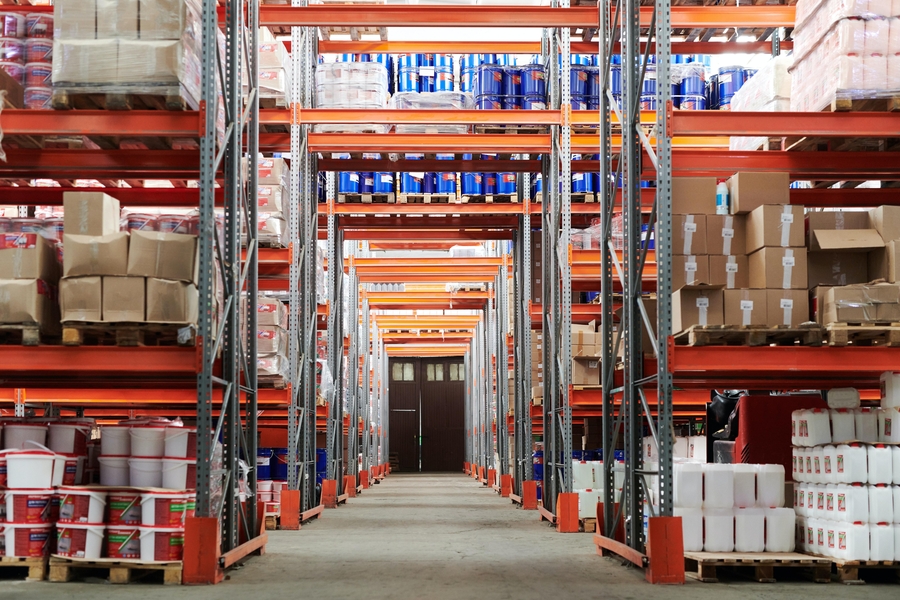Lighting Drives Efficiency, Security, and Cost Savings for Businesses
Learn Why Offices, Warehouses, And Retail Spaces Are Investing In Commercial-Grade Lighting Control

Lighting is one of the most significant, yet controllable, overhead costs in a commercial building. When left unmanaged, it wastes energy, increases maintenance demands, and undermines productivity, but there’s a better way to run your business.
Lighting control systems offer a practical path to operational improvement, and they can help your company gain measurable control over how its spaces function.
Automate lighting behavior based on occupancy, scheduling, and external conditions. More importantly, automation enables centralized, scalable control of every area, whether an office suite or a multi-campus facility. For offices, retail environments, warehouses, and conference facilities, the result is enhanced efficiency, stronger security coverage, and a better day-to-day experience for employees and clients.
Keep reading to learn more!
Reduce Energy Waste And Increase Operational Efficiency
According to the U.S. Energy Information Administration, electric lighting accounts for roughly 17% of commercial energy use in the United States. Much of that consumption stems from lights left on in empty rooms or running unnecessarily during daylight hours. To solve this problem, businesses can automate how and when lights operate.
For example, in an office environment, lighting can be scheduled to turn off after standard business hours or dim automatically during bright daylight. In retail locations, storefront lights and display accent lighting can follow a programmed schedule that aligns with store hours and customer traffic patterns.
Occupancy sensors further optimize usage. In a warehouse, where lighting spans large zones, motion-triggered lighting only illuminates occupied aisles. Reducing wasted energy and wear on fixtures also limits the need for manual oversight by facility staff.
Businesses benefit through lower energy bills, extended bulb life, and reduced maintenance. Because these efficiencies scale across locations, property managers and multi-site operators can more easily prioritize lighting in their energy management strategies.
Strengthen Physical Security Through Lighting Integration
Well-lit spaces deter intrusions and improve the performance of surveillance systems. Support security objectives by syncing lights with motion detectors, access control devices, and cameras.
In office buildings, for instance, lighting can activate automatically when doors are unlocked or motion is detected outside of operating hours. Site managers will have clear visibility for surveillance footage, and lights will signal potential intruders that the space is being monitored.
In retail, integrated lighting can highlight perimeter zones or parking areas of detected motion after closing. Enhanced visibility reduces the need to keep all of the lights on overnight. When combined with cloud-connected cameras, lighting events can even trigger smartphone alerts, enabling faster responses from security staff or remote alarm monitoring services.
Warehouses and distribution centers often face challenges securing large, poorly lit perimeters. Commercial lighting systems integrate with security systems and allow for broader coverage and faster incident response. Lighting no longer functions in isolation; it becomes a proactive layer in your facility’s security strategy.
Create More Productive, User-Friendly Spaces
Poor lighting affects employee focus, customer experience, and safety. Automated lighting and intelligent control empower your team to fine-tune brightness levels and color temperatures based on task, time of day, or zone requirements.
In conference rooms, pre-set lighting modes can support different meeting types: presentations, video conferencing, or collaborative workshops. This helps staff focus and reduces friction during technology setup. In shared office environments, lighting controls can be zoned by department or floor, resulting in consistent comfort without constant adjustment.
Retail businesses use lighting to draw attention to seasonal displays, adjust lighting for time-of-day shopping behavior, or highlight promotional zones. Adjustments happen through a central system or app interface, streamlining control across the store floor.
Remote management features offer flexibility to facility managers and operations teams. With a mobile app or browser dashboard, they can override schedules, respond to unexpected changes, or analyze usage trends. Comprehensive, site-wide control supports both day-to-day management and long-term planning.
Talk To Dijis About Lighting Systems That Deliver Real ROI
Lighting is more than a utility cost. A lighting upgrade is essential if you’re looking for ways to tighten security, reduce waste, and still make your building look great for employees and patrons!
Whether you manage an office, warehouse, retail space, or multi-building property, DIJIS can help you define your goals and select a lighting solution that delivers measurable returns. Schedule a consultation now.


